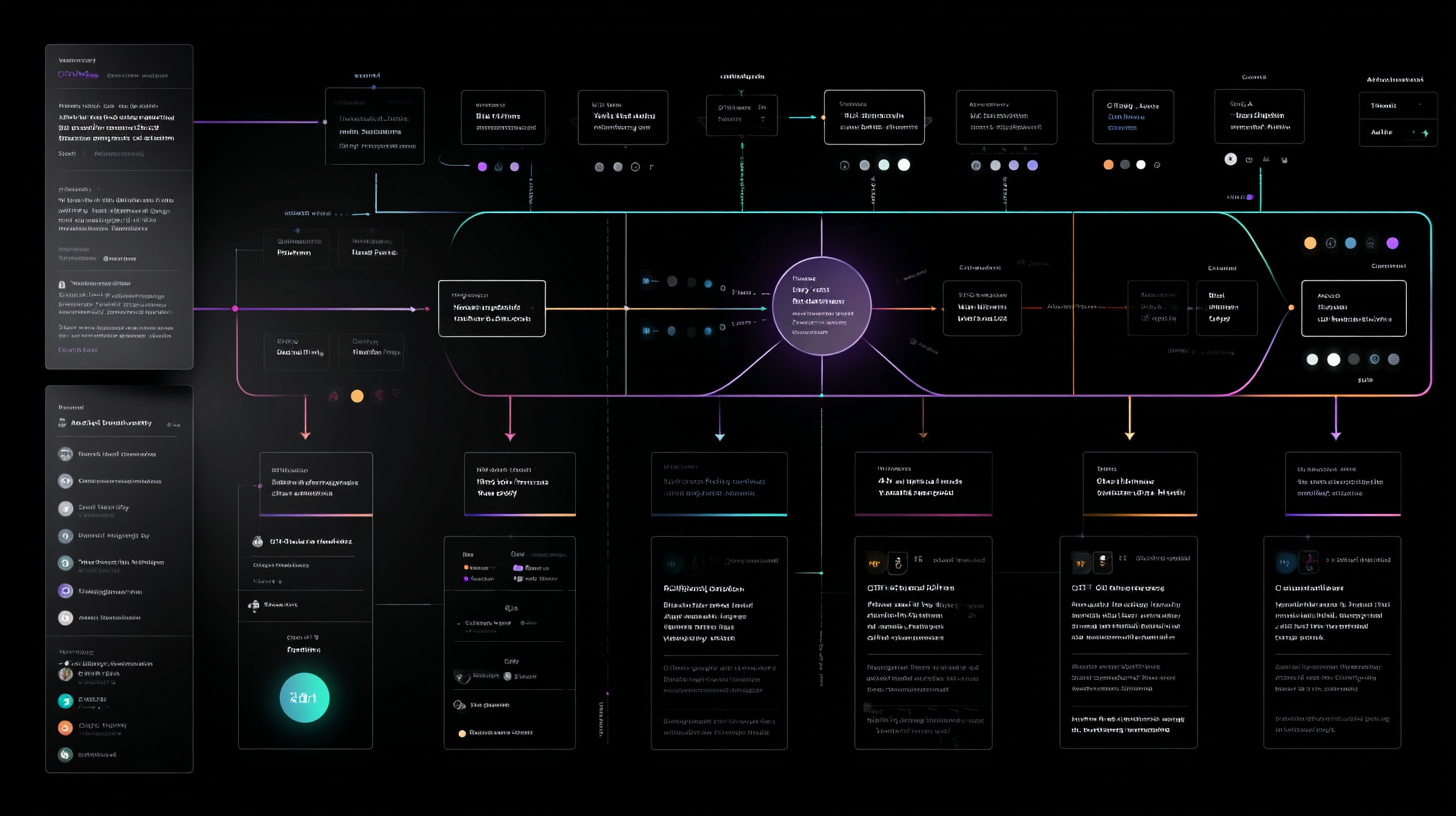Data is the Fuel: Cleaning, Structuring, and Labeling for AI Success

The most advanced AI algorithms are powerless without one critical ingredient: high-quality data. In fact, a poorly trained model is often not the fault of the algorithm—but of messy, mislabeled, or unstructured data.

1. Why Good Data is Non-Negotiable
AI models learn by example. Just as students learn better with clear textbooks, AI systems perform best when trained on accurate, well-organized datasets. Poor data leads to:
- Biased predictions
- Decreased accuracy
- Poor generalization in real-world use
- Costly model retraining
🧠 “Garbage in, garbage out” has never been more true than with AI.
2. Data Cleaning: Your First Priority
Cleaning data removes noise and inconsistencies, ensuring that AI sees patterns instead of chaos.
🔧 Common Issues to Fix:
- Missing values (e.g., incomplete fields)
- Outliers (e.g., extreme values that skew models)
- Duplicates (e.g., repeated records)
- Typos and inconsistent formats (e.g., "NYC" vs "New York City")
Example:
A hospital’s patient records system had mismatched units for blood pressure readings. Cleaning and standardizing these values improved diagnostic prediction accuracy by 22%.
🛠️ Tools to Use:
- Pandas Profiling for initial diagnostics
- OpenRefine for semi-structured data
- AWS Glue and Databricks for large-scale pipelines

3. Structuring Data for Machine Understanding
Most enterprise data is messy and unstructured—emails, PDFs, documents, chats. But AI requires structured data: data organized into clear fields and categories.
💡 Strategies:
- Extract fields using Natural Language Processing (NLP)
- Convert freeform responses into multiple choice or categories
- Use entity extraction to detect names, dates, locations
Example:
A legal tech firm transformed contracts into structured formats using NLP. It reduced clause extraction time by 85% and enabled better contract risk scoring.

4. Data Labeling: Teaching AI What Matters
Labeling is how we tell AI what’s important. Whether you're building a chatbot or a vision system, labeled data trains the model to recognize intent or images.
🏷️ Types of Labeling:
- Classification Labels (e.g., “Spam” or “Not Spam”)
- Bounding Boxes (e.g., detecting objects in images)
- Intent/Entity Tags (e.g., in chatbots)
- Time Series Annotations (e.g., anomaly detection)
Example:
An automotive company used labeled dashcam footage to improve pedestrian recognition for self-driving models, boosting model accuracy by 30%.

5. Scaling Data Preparation with Automation
Manual labeling and cleaning are costly. Use automation to scale.
⚙️ Useful Tools:
- Label Studio for data labeling workflows
- Snorkel for weak supervision (labeling with rules)
- Amazon SageMaker Ground Truth for human-in-the-loop pipelines
- Trifacta for visual data wrangling

6. Ethical Data Practices: Reducing Bias
Bad data doesn’t just harm performance—it harms people.
✅ Best Practices:
- Audit datasets for demographic representation
- Balance classes to avoid overfitting to majority groups
- Use explainable AI methods to monitor for bias
- Consult domain experts during labeling

7. A Practical Workflow for Teams
✅ Your roadmap to AI-ready data:
- Audit your raw data: What formats, where stored, how messy?
- Clean and normalize: Fix missing values, formats, and duplicates.
- Structure it: Use NLP or rule-based parsing.
- Label smartly: Start small, iterate, and refine.
- Test and retrain: Use data drift monitoring to detect when updates are needed.

Conclusion
Your AI is only as powerful as the data you give it. While it’s tempting to jump straight into model building, success comes to those who invest in data foundations. Structured, clean, and correctly labeled data turns ordinary models into powerful, trustworthy systems.
🚀 In the AI world, data isn’t just fuel—it’s rocket fuel.
